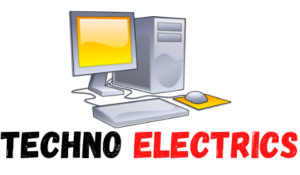This article discusses the latest tech devices to cure heart attack. It is a new dawn in cardiac care technology. Just read carefully for details.
“Time is a muscle,” says the age-old adage in cardiology, emphasizing the critical nature of rapid medical intervention when a heart attack strikes. But what if we could leapfrog these precious minutes using technology to anticipate, diagnose, and treat cardiac episodes before they escalate into life-threatening emergencies?
Latest Tech Devices to Cure Heart Attack
Medical technology is burgeoning with innovations that offer precisely that—increasingly compact, innovative, and user-friendly devices. These gadgets promise not just a few extra years but a vastly improved quality of life for heart patients. So, let’s plunge into this heartening wave of the future.
Also Read: Latest Devices for Living a Healthy Life
1. Wearables: Monitoring Made Easy
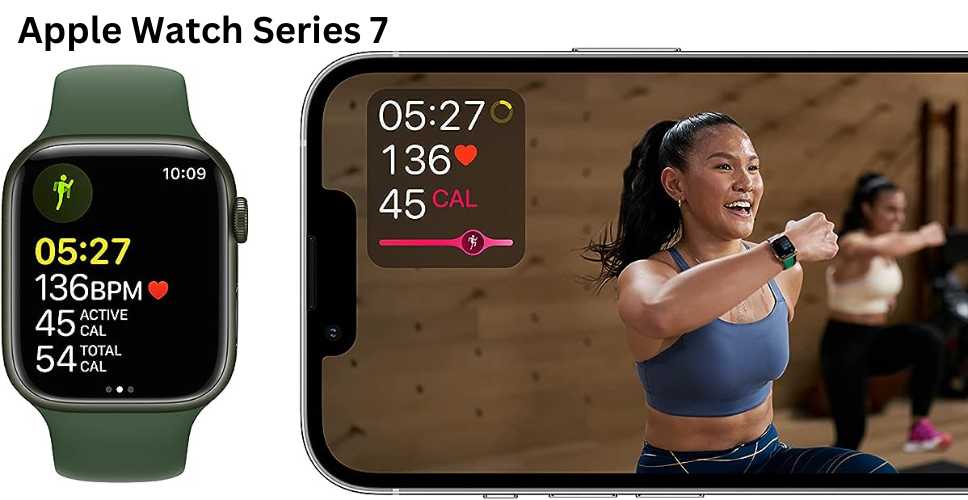
Click the image to buy on Amazon.
i. Apple Watch Series 7 with ECG
Who knew an accessory could save lives? Apple Watch Series 7’s ECG app monitors your heartbeat, identifying irregular rhythms and potential signs of atrial fibrillation, a significant risk factor for heart attacks. But remember, it’s not a doctor, so consult your healthcare provider for a complete diagnosis.
ii. Fitbit Charge 5
The Fitbit Charge 5 goes beyond counting your steps or tracking your sleep. It also offers EDA (Electrodermal Activity) and ECG sensors to help monitor stress levels and cardiac health, serving as a ‘first-alert system’ for your heart.
iii. WHOOP Strap
Unlike typical fitness trackers focusing on the basics, the WHOOP Strap dives deep into health analytics. It keeps tabs on heart rate variability (HRV), an essential metric for understanding cardiovascular health and your body’s stress responses.
Also Read: What Technology Helps Your Lungs?
2. Defibrillators: Shocking, In A Good Way
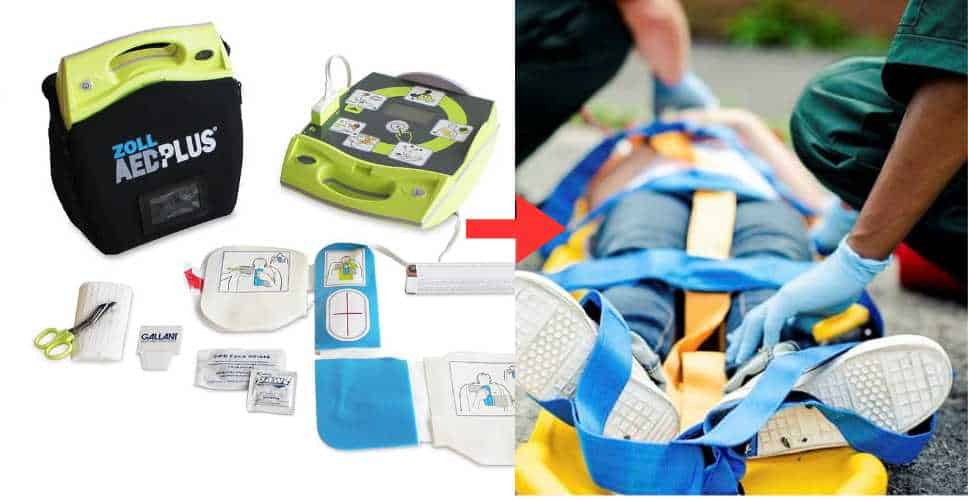
Click the image to buy on Amazon.
i. LifeVest Wearable Defibrillator
Imagine walking around with a defibrillator tucked neatly under your clothes. LifeVest is a wearable defibrillator designed for high-risk patients, capable of administering life-saving electric shocks when it detects life-threatening arrhythmias.
ii. Philips HeartStart Home AED
You’ve probably seen AEDs hanging on the walls of airports and malls. Philips HeartStart brings this life-saving technology right into your home. Easy to use and designed for rapid deployment, it’s an invaluable tool for immediate response.
3. Implantable Devices: High-Tech from Within
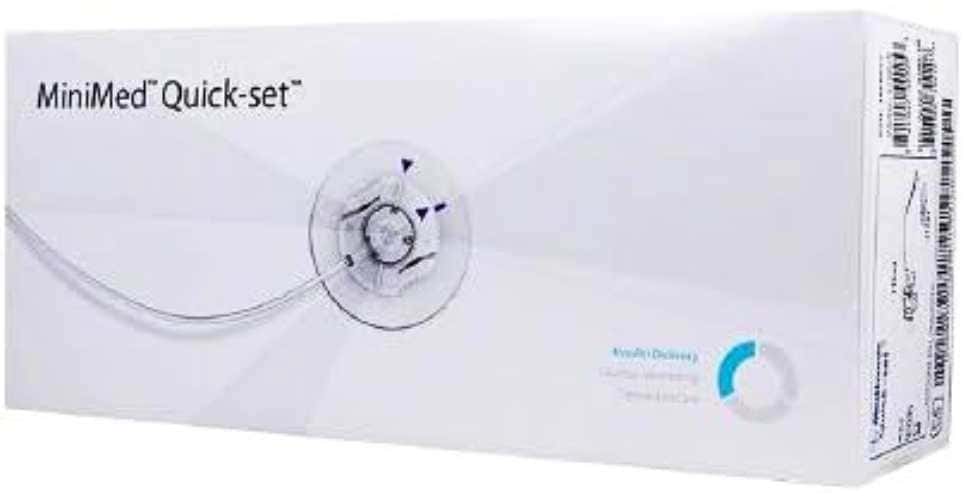
Click the image to buy on Amazon.
i. Medtronic Micra
Micra is a new-age pacemaker the size of a vitamin capsule. Implantable via a minimally invasive procedure, it uses sensors to adapt heart pacing in real time. No wires, no fuss, and you’re back to living with fewer worries about your heart.
ii. Boston Scientific’s EMBLEM MRI S-ICD
Traditional ICDs come with leads that snake into the heart’s chambers. The EMBLEM MRI S-ICD, however, sits just beneath the skin. It offers the dual benefits of being less invasive and MRI-compatible, making ongoing care more straightforward.
Also Read: Wrist Blood Pressure Monitor Accuracy
4. Diagnostic Tools: Spotting Trouble Before It’s Trouble
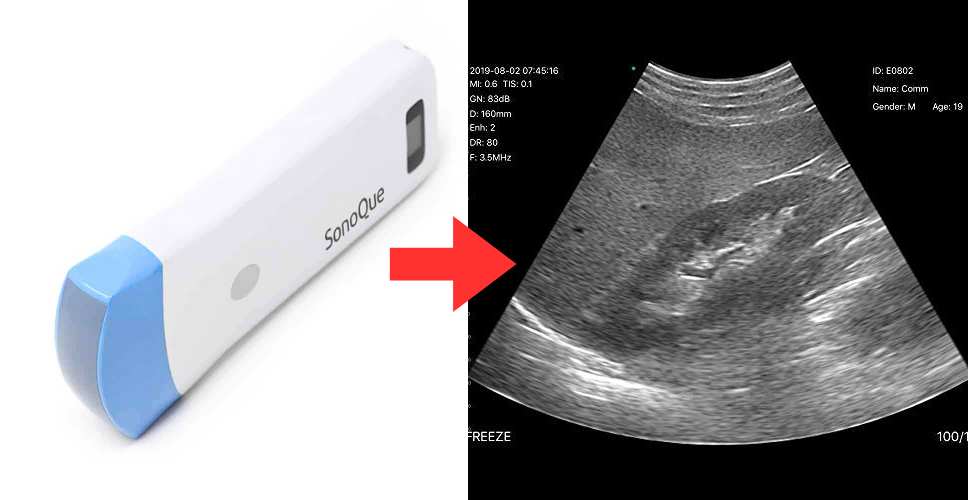
Click the image to buy on Amazon.
i. Butterfly iQ+
Portable ultrasound machines have been around for a while, but Butterfly iQ+ takes it up a notch. This handheld device can be plugged into a smartphone, allowing medical practitioners to capture real-time images of the heart at the point of care.
ii. Tempus Cardiac Test
Imagine a cardiac test that uses artificial intelligence and genomic sequencing. That’s precisely what the Tempus Cardiac Test offers. This test can predict cardiac event likelihood by analyzing genetic and clinical data, enabling early intervention.
5. Artificial Intelligence: Smart Hearts, Smarter Tech
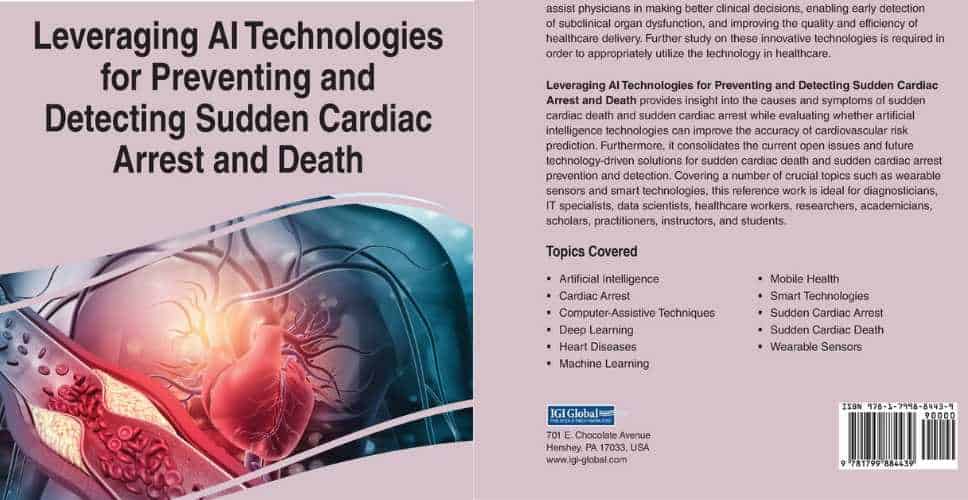
Click the image to buy on Amazon.
i. HeartFlow Analysis
Through a simple CT scan, HeartFlow uses AI algorithms to create a digital 3D model of your coronary arteries. It identifies blockages and calculates their impact on blood flow, enabling physicians to tailor treatments more effectively.
ii. Bay Labs EchoMD
AI comes to echocardiography! EchoMD uses machine learning algorithms to enhance the quality of heart ultrasounds, providing cardiologists with more transparent, more accurate images for diagnosis and treatment planning.
Also Read: 7 Best Tech Devices To Improve Lungs Health.
6. Future Prospects: What’s in the Pipeline?
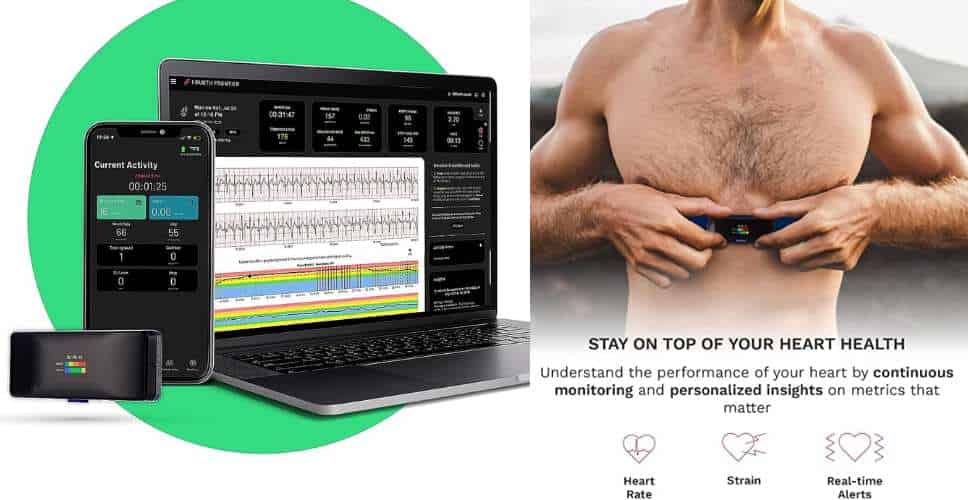
Click the image to buy on Amazon.
i. Remote Monitoring Systems
Advancements in IoT technology are facilitating the development of sophisticated remote monitoring systems that could be the game-changer in real-time cardiac care.
ii. Biometric Clothing
Imagine your clothes alerting you or your doctor when something’s not quite right with your heart. It’s not sci-fi; biometric clothing with integrated sensors is currently in development and could soon be a reality.
iii. Neural Networks for Drug Discovery
Neural networks are helping researchers discover new drugs for heart conditions at unimaginable speed, ushering in a new era of pharmaceutical innovation.
Also Read: What Medical Devices Should I Have At Home?
Latest Tech Devices to Cure Heart Attack On Amazon
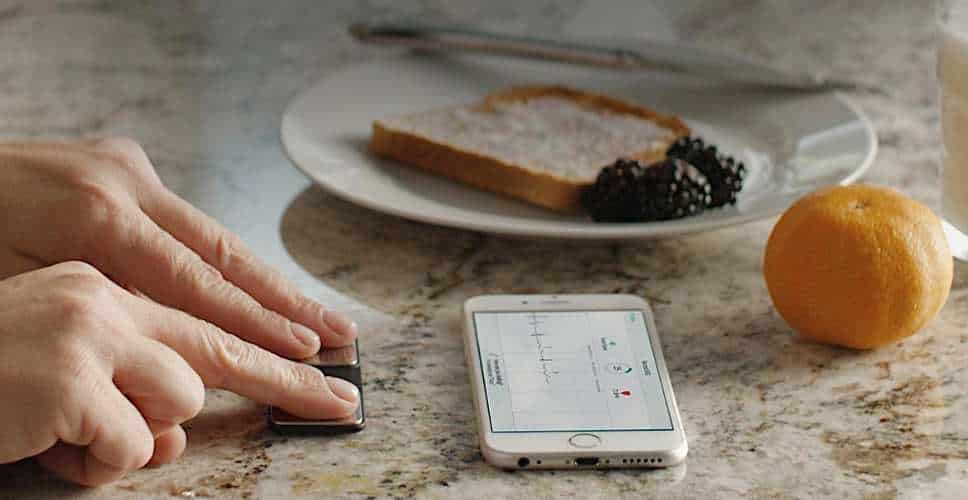
Click the image to buy on Amazon.
While some devices aimed at cardiac care are available on Amazon, they are not a substitute for professional medical advice and treatment. Always consult healthcare providers for diagnosis and treatment of health issues. Here are some devices you can find on Amazon, along with their pros and cons:
1. Wearables
i. Apple Watch Series 7
Pros:
- – Integrated ECG app for heart monitoring
- – Tracks other health metrics like sleep and exercise
- – FDA-approved for certain cardiac functions
Cons:
- – Expensive
- – Battery life could be better
- – Not a dedicated medical device
ii. Fitbit Charge 5
Pros:
- – Comes with EDA and ECG sensors
- – 7-day battery life
- – More affordable compared to the Apple Watch
Cons:
- – Not as comprehensive in features as some medical-grade devices
- – Requires a smartphone for full functionality
Also Read: Continuous Glucose Monitoring Devices For You
3. Defibrillators
i. Philips HeartStart Home AED
Pros:
- – Easy to use, even for those without medical training
- – Comes with voice prompts
- – FDA-approved for home use
Cons:
- – High upfront cost
- – Limited shelf life for pads and batteries
- – Not a substitute for emergency medical care
4. Implantable Devices
(Note: While implantable devices like pacemakers aren’t sold on Amazon, there are accessories and supplementary items.)
i. Medtronic MyCareLink Patient Monitor
Pros:
- – Allows for remote monitoring of implantable cardiac devices
- – Easy-to-use touchscreen interface
- – Provides alerts for caregivers
Cons:
- – Requires a compatible Medtronic device
- – Not a diagnostic tool by itself
5. Diagnostic Tools
i. AliveCor KardiaMobile 6L
Pros:
- – Portable EKG monitor compatible with smartphones
- – FDA-cleared for detecting multiple arrhythmias
- – 6-lead data for more comprehensive readings
Cons:
- – Requires a subscription for premium services
- – May require interpretation by a healthcare provider
i. EMAY Portable ECG Monitor
Pros:
- – Easy to use and portable
- – Stores data for easy sharing with healthcare providers
- – Affordable
Cons:
- – Limited to ECG function only
- – Battery life could be improved
Also Read: Which Devices Can Solve Heart Problems?
Which One Is The Best Tech Device To Cure Heart Attack
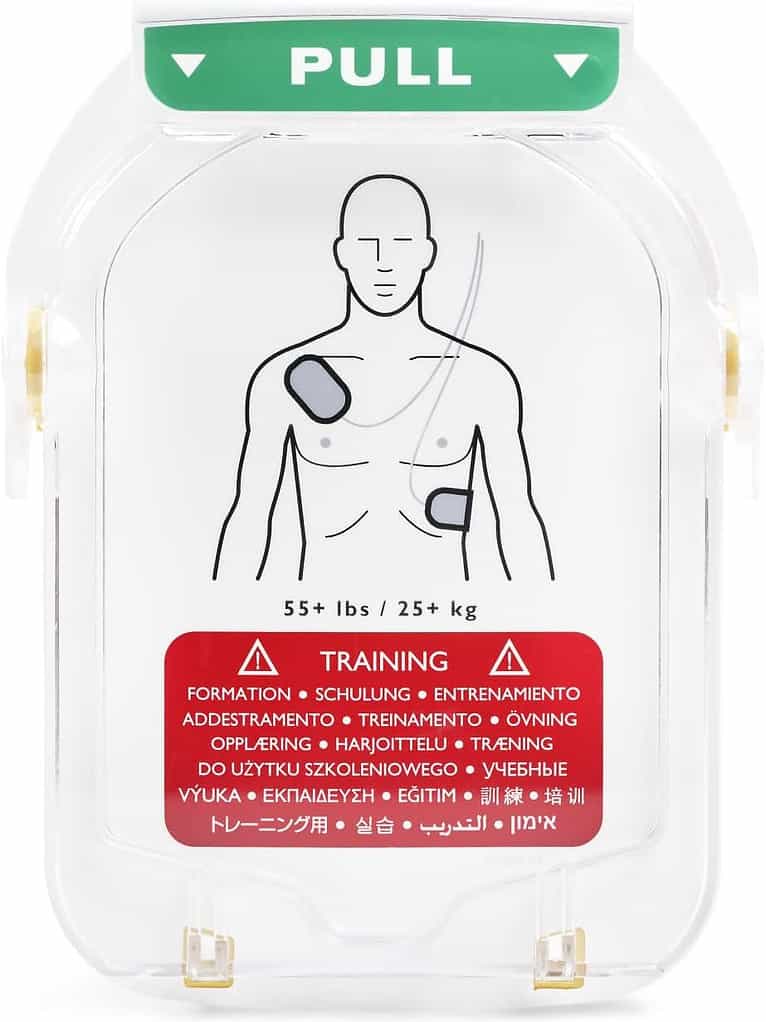
Click the image to buy on Amazon.
It’s important to clarify that no tech device can “cure” a heart attack in the conventional sense. Heart attacks require immediate medical intervention, including medications, surgical procedures, and long-term lifestyle changes.
However, some devices can be beneficial in identifying early signs of a heart attack or providing immediate intervention to increase the chances of survival and minimize damage.
a). Philips HeartStart Home AED
That said, if you’re asking which device might be the best for immediate response to a heart attack, an Automated External Defibrillator (AED) such as the Philips HeartStart Home AED stands out.
These devices are designed to detect heart rhythms and deliver a shock to restore a normal rhythm during a sudden cardiac arrest, which often follows a heart attack.
Pros:
- Ease of Use: Voice prompts guide you through the process, making it user-friendly.
- Immediate Intervention: It provides rapid defibrillation, often the most critical factor in surviving cardiac arrest.
- FDA-Approved: The device is approved for home use.
Cons:
- High Cost: These devices are expensive.
- Not a Complete Solution: An AED can be crucial in a life-threatening cardiac event, but it’s not a substitute for comprehensive medical care. Emergency services must be contacted immediately.
b). Wearable Devices
For ongoing monitoring, wearable devices like the Apple Watch Series 7 or Fitbit Charge 5 with built-in ECG can help detect irregular heart rhythms that indicate a higher risk for cardiac events.
Pros:
- Continuous Monitoring: Keep track of your heart health 24/7.
- Multiple Features: Besides ECG, these devices offer other health metrics like activity levels, sleep tracking, and more.
Cons:
- Not Medical-Grade: These devices are not substitutes for a proper medical diagnosis.
- Limited Battery Life: Requires frequent charging, limiting continuous monitoring.
Also Read: 14 Best Emerging Healthcare Gadgets
Conclusion
Ultimately, The “best” device would depend on your needs—ongoing monitoring vs. immediate emergency response. Either way, these latest tech devices to cure Heart attack devices should be used with regular medical check-ups and treatments, not as a replacement. Always consult healthcare providers for a comprehensive approach to heart health.
While Amazon offers a variety of devices that can assist in monitoring heart health and potentially alerting users to issues that could lead to a heart attack, these should not be relied upon as the sole means of diagnosis or treatment.
They are best used as supplementary devices in consultation with healthcare providers. From wearables like the Apple Watch and Fitbit to more specialized equipment like home AEDs and portable ECG monitors, these devices offer a blend of convenience and functionality, each with pros and cons.
These technological marvels are just the tip of the iceberg when combating heart attacks. They give us a fascinating peek into a future where managing cardiac health seamlessly integrates into our daily lives.
These devices promise to transform cardiac care from a reactionary to a preventative model, where heart attacks could become a thing of the past. However, technology should supplement, not substitute for, regular healthcare and consultation with qualified medical professionals.
But one thing is clear—the future of heart health is not just promising; it’s exhilarating.
Read More
- What Are The Different Types Of A Glucometer?
- What Are The Best Blood Pressure Watches
- 7 Best Wrist Blood Pressure Monitors For Home
- Best Omron Blood Pressure Monitor For Home Use
- What’s The Best Weight Loss App That’s Free?
- Top 10 Personal Health monitoring devices
Reference:
https://www.tgh.org
https://www.mycprcertificationonline.com/blog/using-aed-child-infant
https://erj.ersjournals.com/content/58/6/2004079
https://netbasequid.com/blog/next-level-health-smart-tech-with-sentiment-analysis/
Recent Posts
Here is reply of high-demand removable wallpapers. The wallpaper industry has changed a lot in recent times, with the launch of removable wallpaper being seen as a blessing for homeowners, renters,...
Brown is an often neglected color when considering interior design but brown decor living room ideas could make your house feel warm, sophisticated, and timeless. More adaptable than any other...
